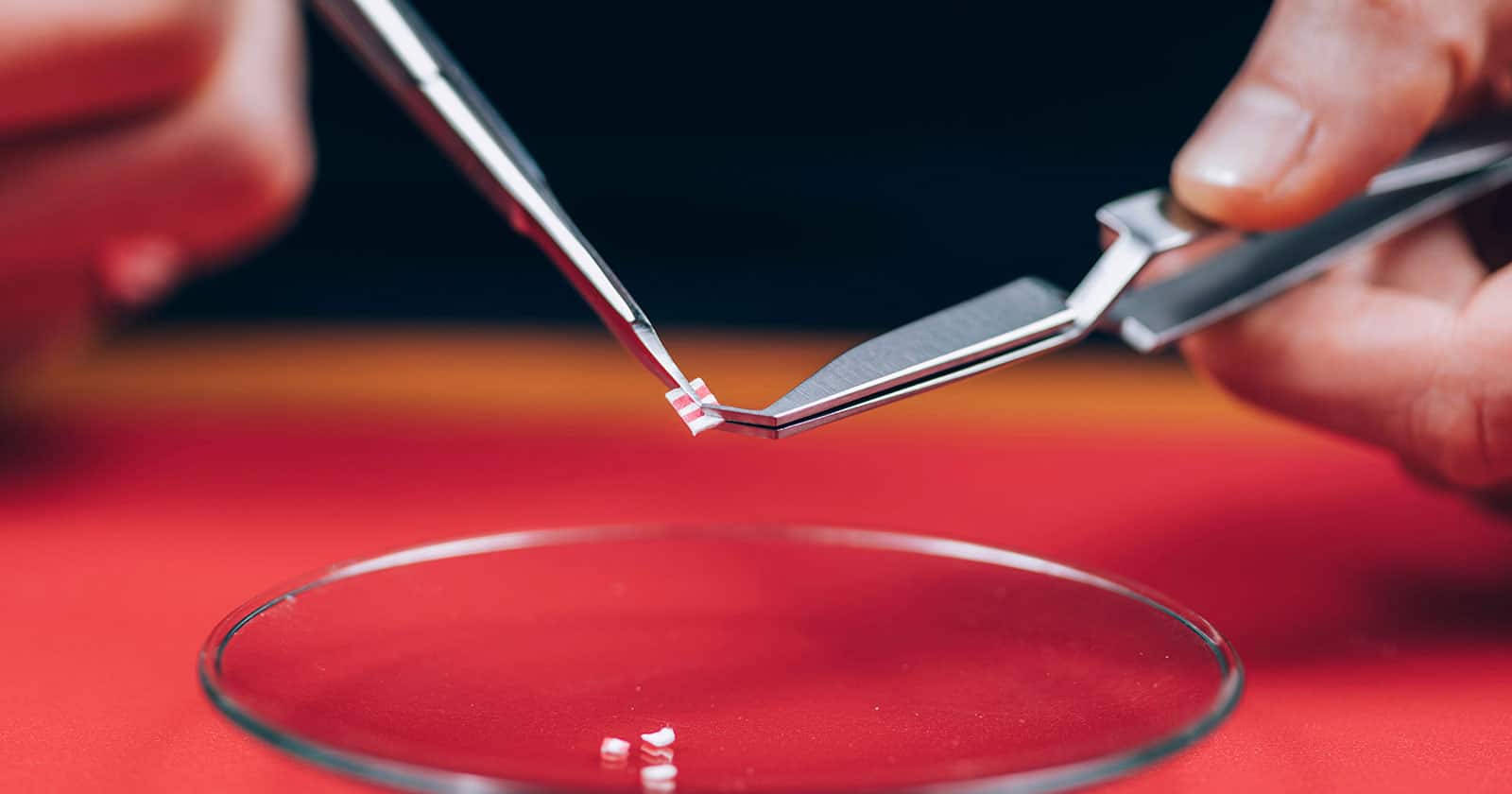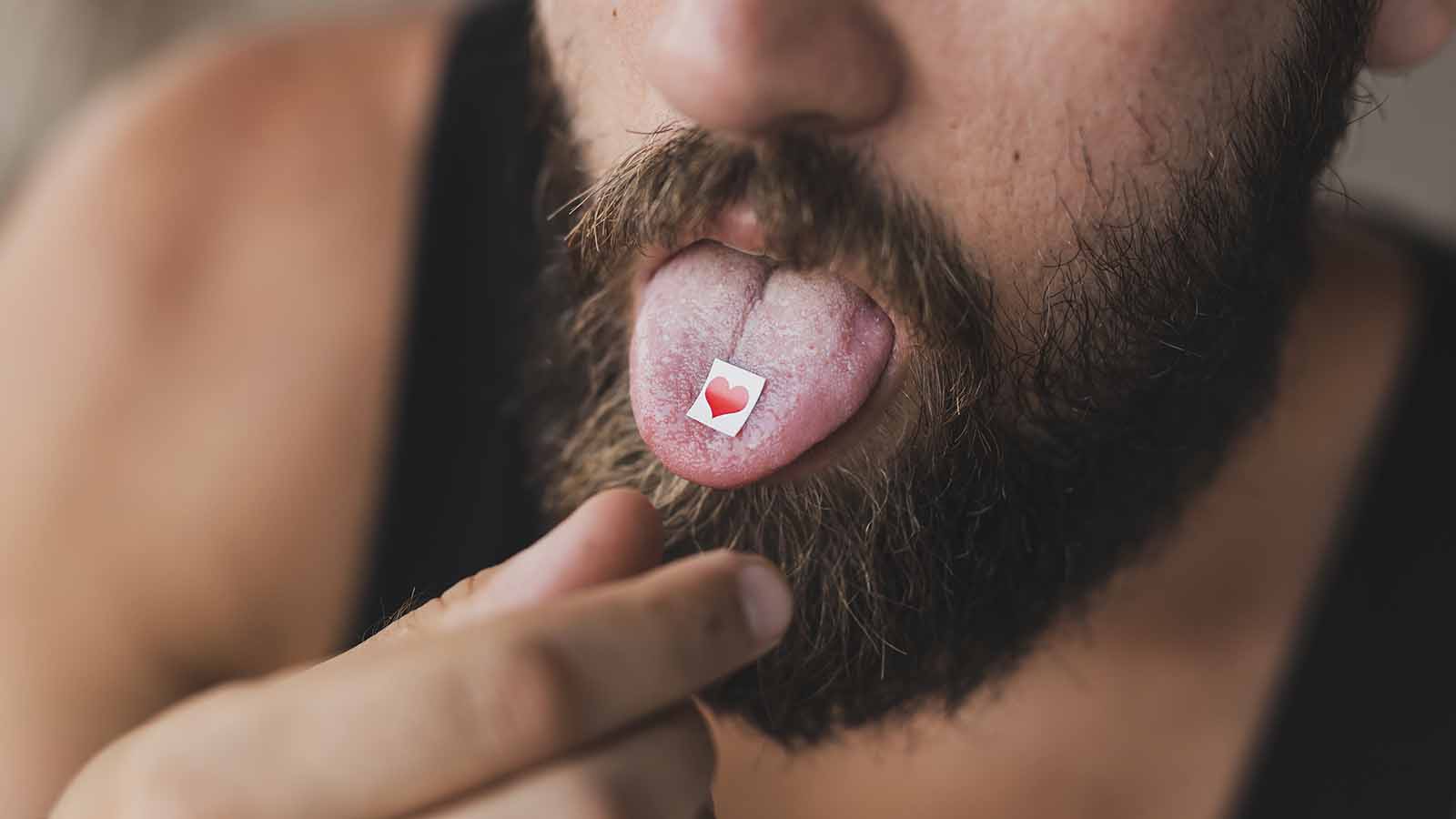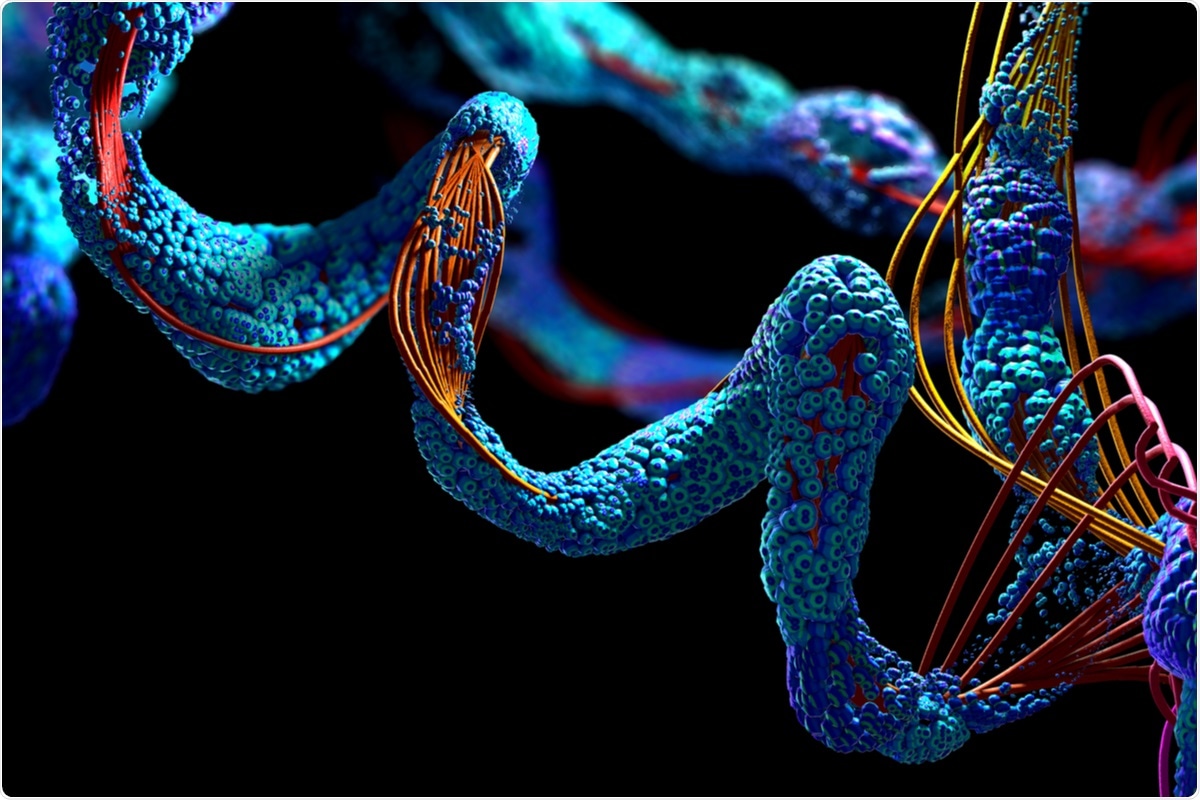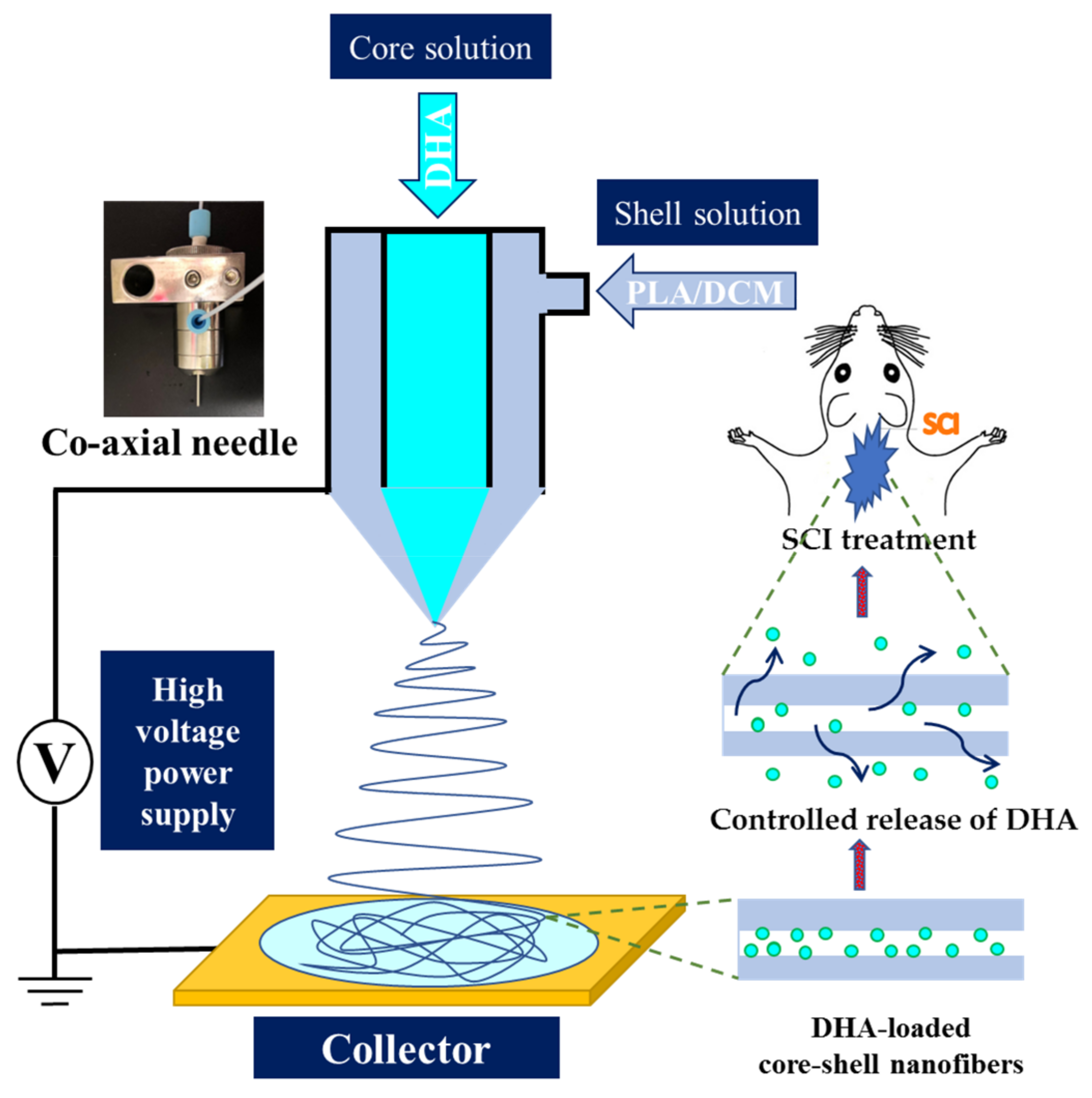
IJMS | Free Full-Text | Docosahexaenoic Acid-Loaded Polylactic Acid Core-Shell Nanofiber Membranes for Regenerative Medicine after Spinal Cord Injury: In Vitro and In Vivo Study

Preliminary Study on the Fabrication of Alginate/Hyaluronic Acid Scaffolds for Spinal Cord Injury Repair | Semantic Scholar

In Situ Cross-Linkable Hyaluronic–Ferulic Acid Conjugate Containing Bucladesine Nanoparticles Promotes Neural Regeneration after Spinal Cord Injury | ACS Applied Materials & Interfaces

Activation of Lysophosphatidic Acid Receptor Type 1 Contributes to Pathophysiology of Spinal Cord Injury | Journal of Neuroscience

Polysialic-Acid-Based Micelles Promote Neural Regeneration in Spinal Cord Injury Therapy | Nano Letters

Gallic acid attenuates blood-spinal cord barrier disruption by inhibiting Jmjd3 expression and activation after spinal cord injury - ScienceDirect
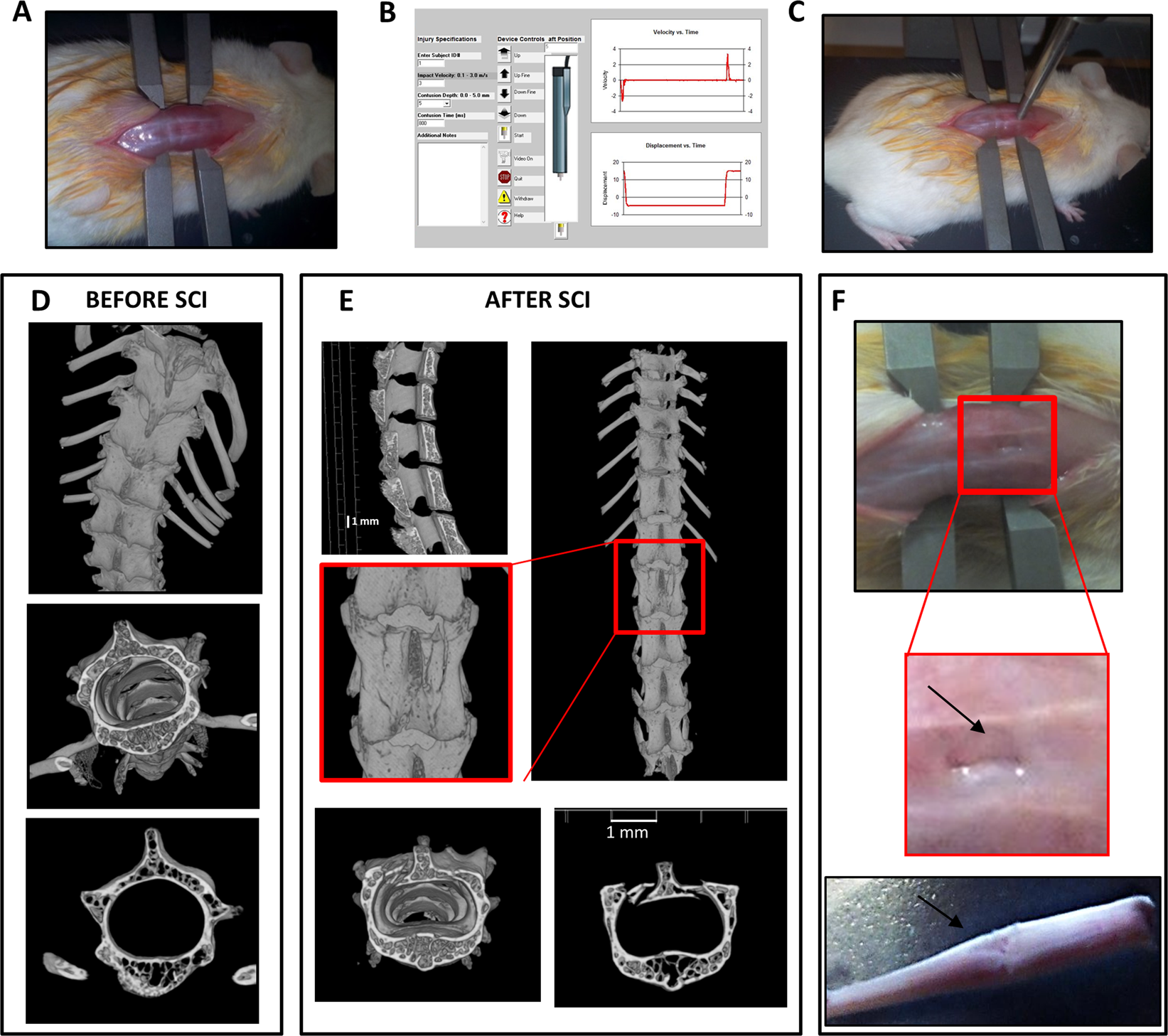
Innovative mouse model mimicking human-like features of spinal cord injury: efficacy of Docosahexaenoic acid on acute and chronic phases | Scientific Reports

Activation of Lysophosphatidic Acid Receptor Type 1 Contributes to Pathophysiology of Spinal Cord Injury | Journal of Neuroscience

Injectable Porous Scaffolds Promote Better, Quicker Healing After Spinal Cord Injuries - AIP Publishing LLC

Motor and somatosensory degenerative myelopathy responsive to pantothenic acid in piglets - Marina P. Lorenzett, Aníbal G. Armién, Luan C. Henker, Claiton I. Schwertz, Raquel A. S. Cruz, Welden Panziera, Claudio S. L.
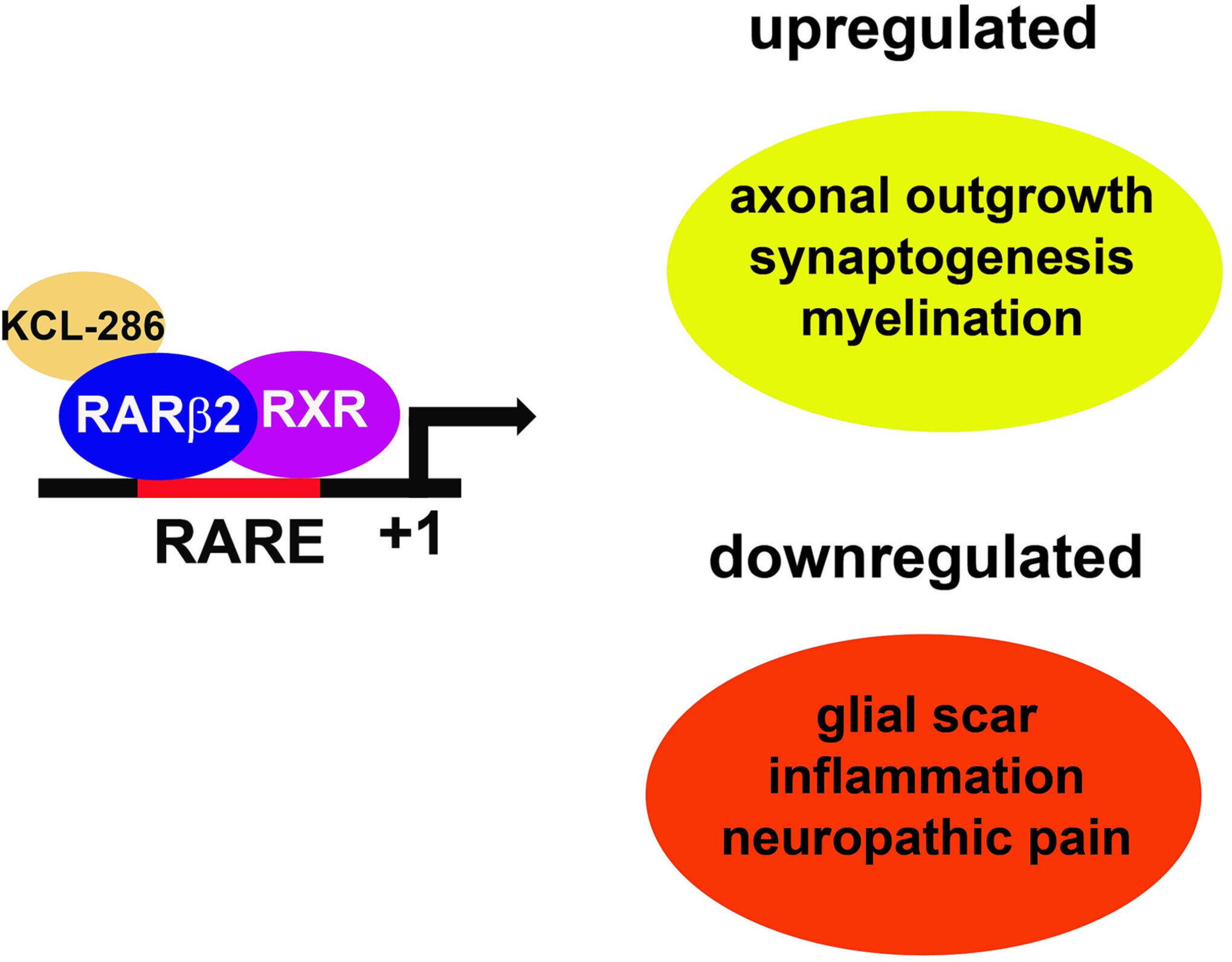
New orally available drug for spinal cord injury found to be safe and tolerable in healthy participants
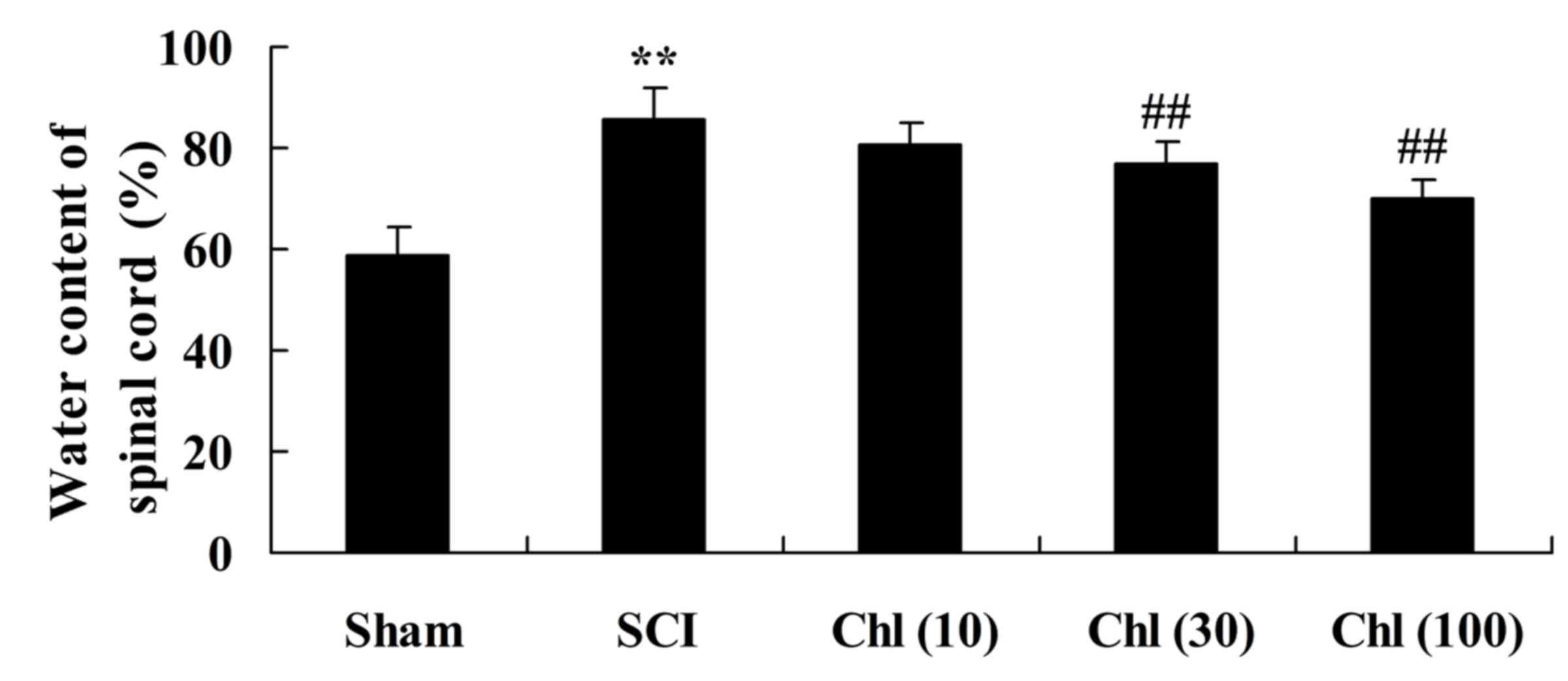
Administration of chlorogenic acid alleviates spinal cord injury via TLR4/NF‑κB and p38 signaling pathway anti‑inflammatory activity

Spinal cord histopathology. ( A ) Luxol fast blue-periodic acid Schiff... | Download Scientific Diagram
Valproic acid-labeled chitosan nanoparticles promote recovery of neuronal injury after spinal cord injury - Figure f3 | Aging

Spinal cord retinoic acid receptor signaling gates mechanical hypersensitivity in neuropathic pain - ScienceDirect


